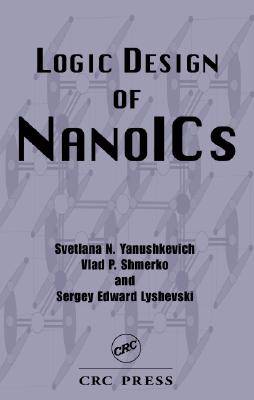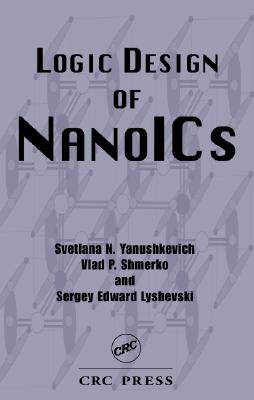
- Afhalen na 1 uur in een winkel met voorraad
- Gratis thuislevering in België vanaf € 30
- Ruim aanbod met 7 miljoen producten
- Afhalen na 1 uur in een winkel met voorraad
- Gratis thuislevering in België vanaf € 30
- Ruim aanbod met 7 miljoen producten
€ 216,45
+ 432 punten
Omschrijving
Today's engineers will confront the challenge of a new computing paradigm, relying on micro- and nanoscale devices. Logic Design of NanoICs builds a foundation for logic in nanodimensions and guides you in the design and analysis of nanoICs using CAD. The authors present data structures developed toward applications rather than a purely theoretical treatment. Requiring only basic logic and circuits background, Logic Design of NanoICs draws connections between traditional approaches to design and modern design in nanodimensions. The book begins with an introduction to the directions and basic methodology of logic design at the nanoscale, then proceeds to nanotechnologies and CAD, graphical representation of switching functions and networks, word-level and linear word-level data structures, 3-D topologies based on hypercubes, multilevel circuit design, and fault-tolerant computation in hypercube-like structures. The authors propose design solutions and techniques, going beyond the underlying technology to provide more applied knowledge. This design-oriented reference is written for engineers interested in developing the next generation of integrated circuitry, illustrating the discussion with approximately 250 figures and tables, 100 equations, 250 practical examples, and 100 problems. Each chapter concludes with a summary, references, and a suggested reading section.
Specificaties
Betrokkenen
- Auteur(s):
- Uitgeverij:
Inhoud
- Aantal bladzijden:
- 488
- Taal:
- Engels
- Reeks:
Eigenschappen
- Productcode (EAN):
- 9780849327667
- Verschijningsdatum:
- 28/10/2004
- Uitvoering:
- Hardcover
- Formaat:
- Genaaid
- Afmetingen:
- 160 mm x 243 mm
- Gewicht:
- 816 g

Alleen bij Standaard Boekhandel
+ 432 punten op je klantenkaart van Standaard Boekhandel
Beoordelingen
We publiceren alleen reviews die voldoen aan de voorwaarden voor reviews. Bekijk onze voorwaarden voor reviews.










